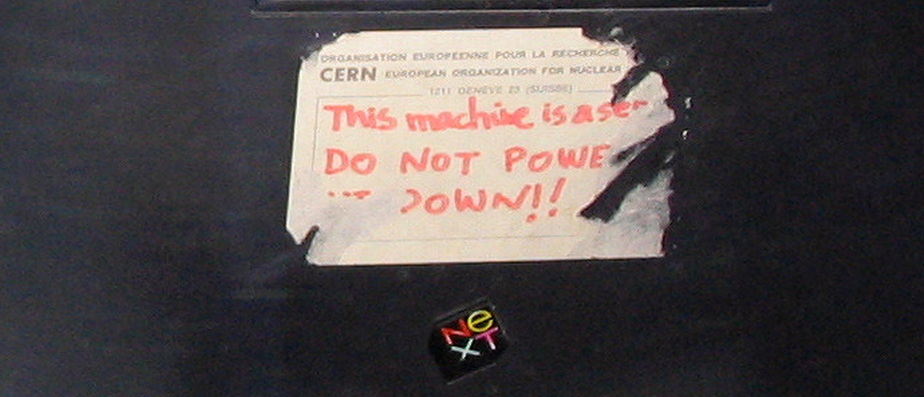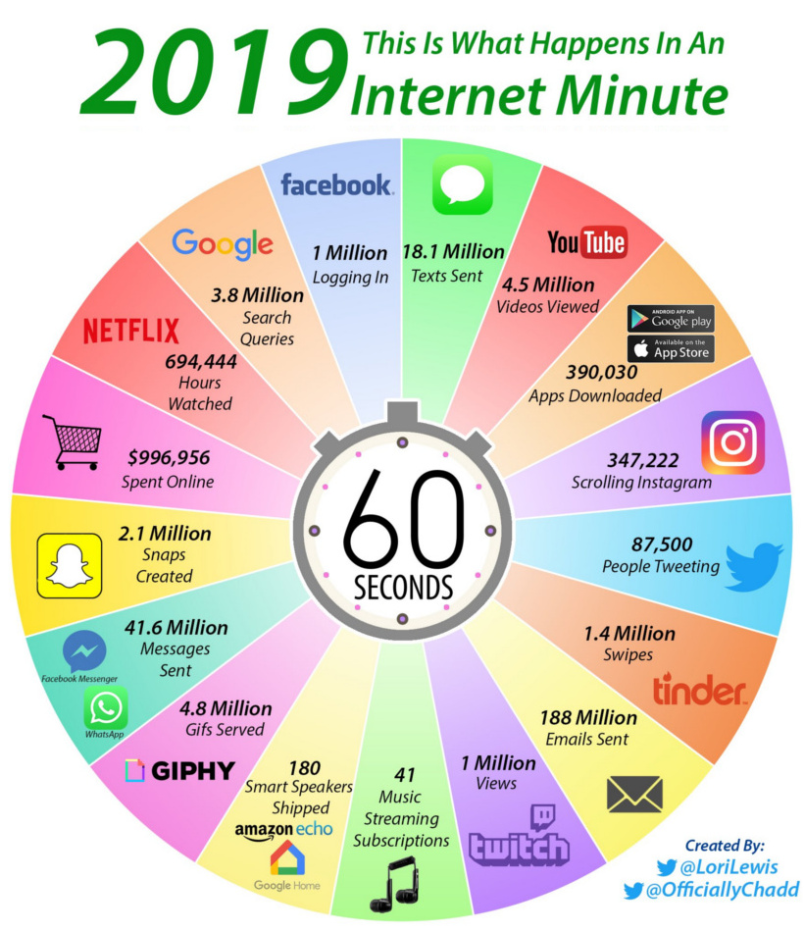Happy 50th Birthday, Internet!
On October 29, 1969, a first data packet was transmitted between two computers. It was the spark that started Internet.
Although the birth of the world wide web itself is twenty years later, on March 12, 1989, when Tim Berners-Lee presented a research proposal on information management systems, a milestone in the development of the network is placed in 1969, the year of the landing on the Moon.
1969, ARPANET and the first packet
At 22:30 hours on October 29, 1969, the first packet was transmitted throught the first ARPANET link, from the University of California to a connected device in the Stanford Research Institute:
"We set up a telephone connection between us and the guys at SRI...,"
"We typed the L and we asked on the phone,
"Do you see the L?"
"Yes, we see the L," came the response.
"We typed the O, and we asked, "Do you see the O."
"Yes, we see the O."
"Then we typed the G, and the system crashed"...
Yet a revolution had begun"...
The computers communicated with each other by transmitting the letters L and O of the word "Login".
Once the first two letters were received, however, the network collapsed and the signal was interrupted.
But that was the spark.
Flash forward, 1989: the proposal

Twenty years later, on March 1989, Tim Berners-Lee laid out his vision for what would become the web in a document called “Information Management: A Proposal”, that was not immediately accepted.
The web was never an official CERN project, but Tim anyway began work on it.
1990, the first Website

By the end of 1990, Tim Berners-Lee had the first Web server up and running at CERN.
Berners-Lee developed the code for his Web server on a NeXT computer, and also hosted on it the first website dedicated to the World Wide Web project itself.

To prevent it being accidentally switched off, the computer had a hand-written label in red ink:
"This machine is a server. DO NOT POWER IT DOWN!!"
2009: World Wide Web Foundation
In 2009, Tim established the World Wide Web Foundation, with the purpose of advancing the Open Web as a means to build a just and thriving society by connecting everyone and enhancing participation.
2019: What happens in an Internet Minute?
According this infographic from Visual Capitalist, the number of action performed in 60 seconds is incredible:
